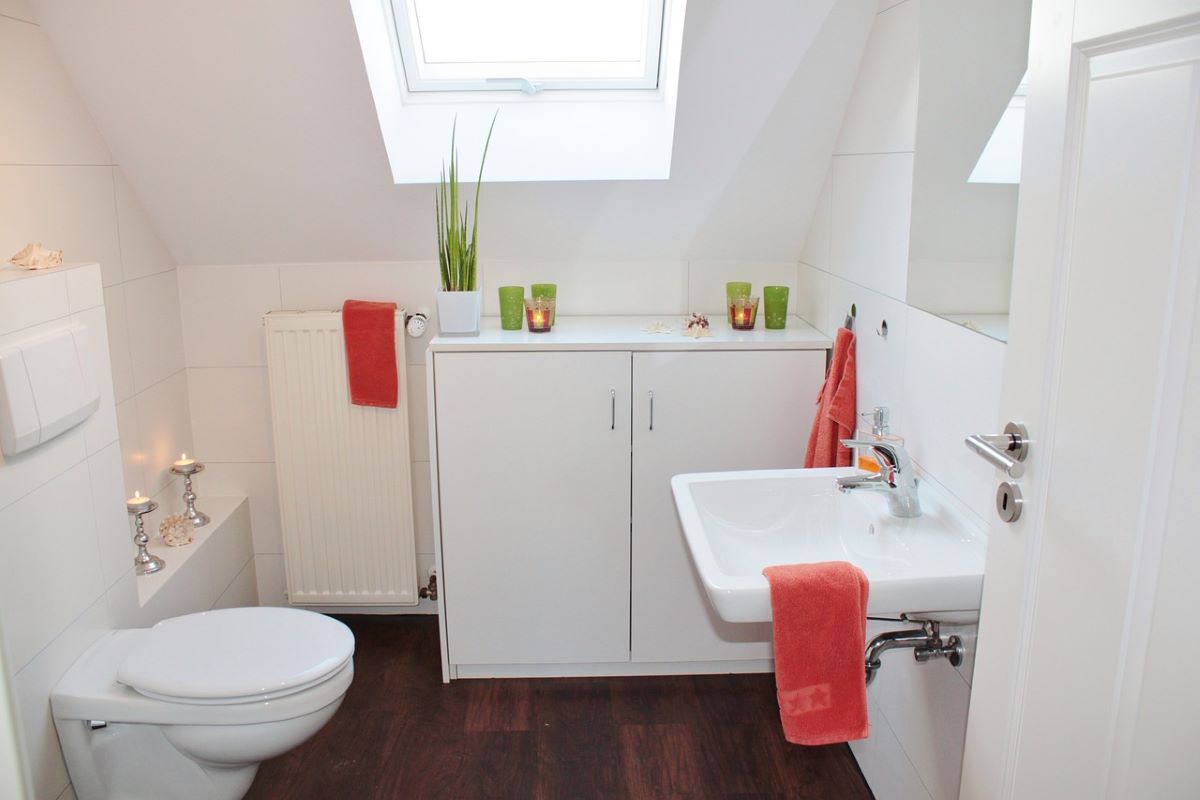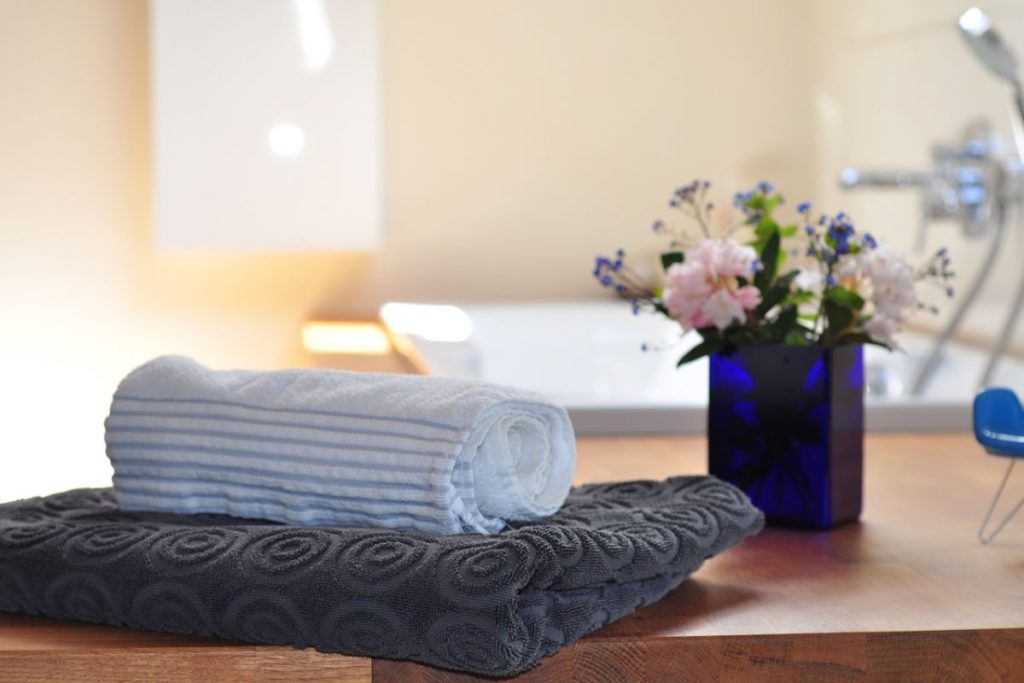Colours have a massive impact on our surroundings and on our mental health. Have you ever noticed how the colour green seems to make us feel fresh, while the blue shades tend to have a calming effect on us? As the bathroom is one of the most important rooms in your house, hence, it is extremely important to choose the right colour scheme to design your dream bathroom. Below are some colours that you should try avoiding using in the bathroom design and decor, as they can bring down the entire feel of the space.
One of the worst colours to use in your bathroom is bright white. The classic small-bathroom paint colour is a crisp, clean white, especially if it is the only bathroom in your home. Lighter bathroom paint colours help reflect light, making them an excellent choice for smaller spaces or those without windows. As the dominant colour, you are better off staying away from the vibrant yellows when it comes to painting your bathroom.
When choosing colours for a bathroom, be sure to stay clear of the shades mentioned here so that you do not end up with problems down the line. As per experts, you must avoid the use of bold red colours in the bathroom, even if you are pairing it up with other shades like white or cream.
 If you have mostly white fixtures in your bathroom – cabinets, sink, doors, trim- consider painting bold colours on your walls. Those considering painting the walls white for their bathrooms might do better, letting bright whites shine through to other areas of your house. After all of the talk about how lighter colours can complement smaller spaces, it might be shocking to learn that white is not optimal for the bathroom. White-painted bathrooms are especially in danger of looking boring because most bath sets are white, too.
If you have mostly white fixtures in your bathroom – cabinets, sink, doors, trim- consider painting bold colours on your walls. Those considering painting the walls white for their bathrooms might do better, letting bright whites shine through to other areas of your house. After all of the talk about how lighter colours can complement smaller spaces, it might be shocking to learn that white is not optimal for the bathroom. White-painted bathrooms are especially in danger of looking boring because most bath sets are white, too.
As the bathroom colour combination, light blues and whites lighten up the room with natural light. Red is a fun, unique colour to include in the bathroom, but really it is only appropriate when combined with white tiles. The colour works well with the vibrant white accessories, which results in an elegant, subtle bath setting.
You can also add shades of purple. It would look cute and might help draw attention away from the bathroom’s dimensions. This colour combination will add a modern feel to your room. Always remember that the shades that you choose should always blend in together to create a unified theme.
Choose colours that work with both natural light and square footage in your bathrooms. For instance, creamy, pale browns or stark whites may provide a neutral counterpoint in walls or as the bathroom tile colour. Darker colours, like charcoal or cocoa, can provide dramatic contrasts in a powder room, particularly when balanced against white trim and white fixtures.
Your options don’t have to be limited. You can check out some of the best tapware in Australia that comes in different shades and sizes to style the room in a way that feels more you. The toilet suite also doesn’t have to be boring. You can search online for some amazing ideas to add a luxurious feel to it.
In an effort to avoid dark colour schemes that reduce the amount of space available, some homeowners have gone to the opposite, more radical, end of the colour spectrum and tried incorporating neon hues in their bathroom designs. Avoid darker colour schemes altogether because these deeper shades will often take an already smaller bathroom and make it look smaller.
For homeowners with a daring palate, darker, sombre colours can completely transform a smaller bathroom and make the walls seem to fade into the background. When it comes to contemporary bathroom design, your choices for space-painting colours can go a long way toward determining how inviting a room feels. Whether you are painting, tiling, preparing, or anything else, the rules of colour applied to your living room and kitchen are applied to your bathrooms with even greater severity.
You should steer clear of faux gold paint or tiles for the bathroom for several reasons. Avoid specific paint colours when you can to not ruin the style of the bathroom. While this colour might work perfectly in a bath in the local gym, the walls of red and orange in your house are not going to be conducive to relaxing, which is what your bathroom should actually do.
Black colours also conceal the dust and dirt very well, and because they are dark shades, they may give the impression that there is less space in your bathroom. Black absorbs light as well, and if you are living in a hot region, then it would be the last option that you would want to go for. Despite the common belief, the bathroom’s colour scheme does have a direct effect on our feelings.
It is important to make sure simple colour choices in the decoration of the bathroom are not mistaken for muted. Whether or not you are wiping out any trace of peach in your bath space, make sure you complement your chosen colour scheme with a lighter, neutral shade that is guaranteed to soothe and enliven the surroundings. Positive and cheerful though peach might be, the warm, pastel-coloured paint colour has no place in a bathroom.
Considered to be a major colour from eras gone by, in the 60s, bold, peach-coloured paints can make the bathroom look outdated and unappealing. If you like vintage fixtures in a bathroom and you would like to set it apart, pure whites and pale greys can make darker fixtures pop, and deeper colours can let that old penny tile once again take centre stage.
All in all, try to keep the colour choices light and simple, and when playing with more colours, make sure that they complement each other so that a cohesive theme can be created.
